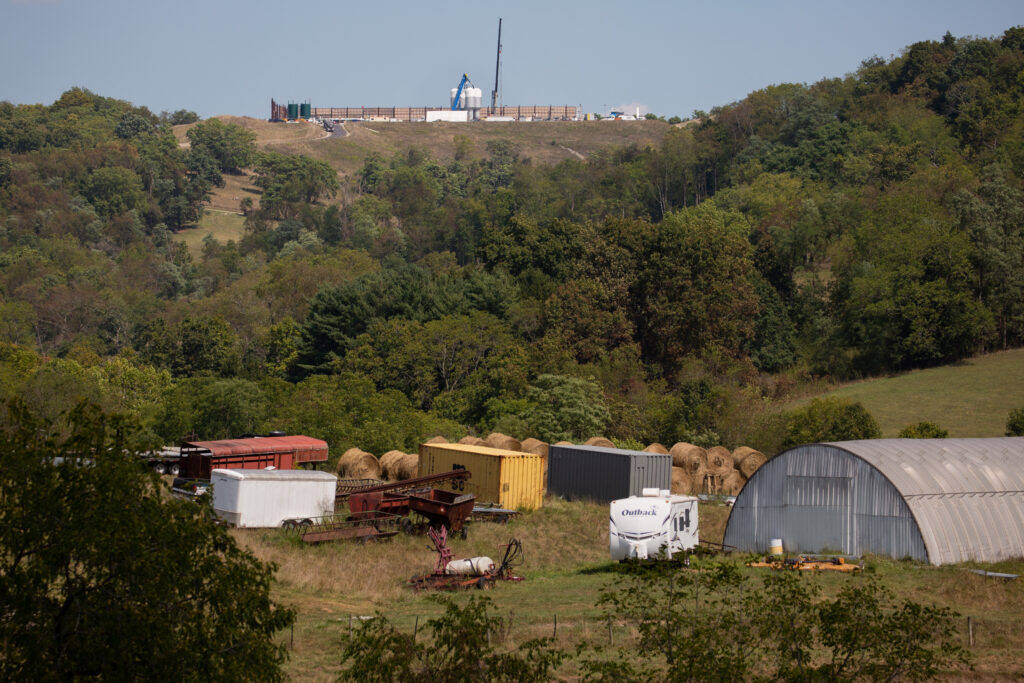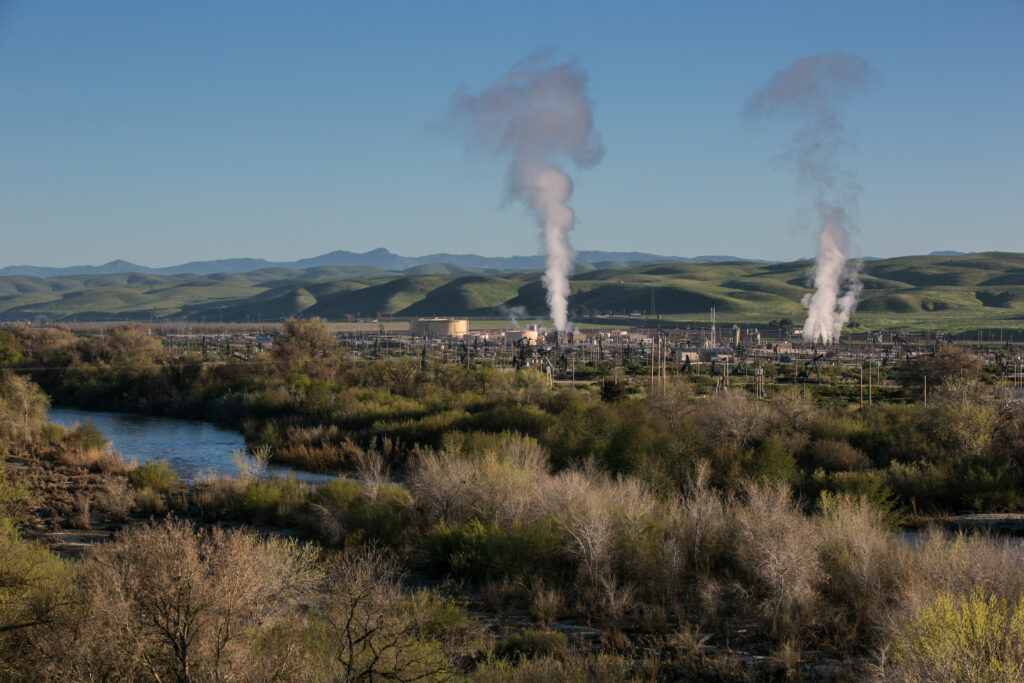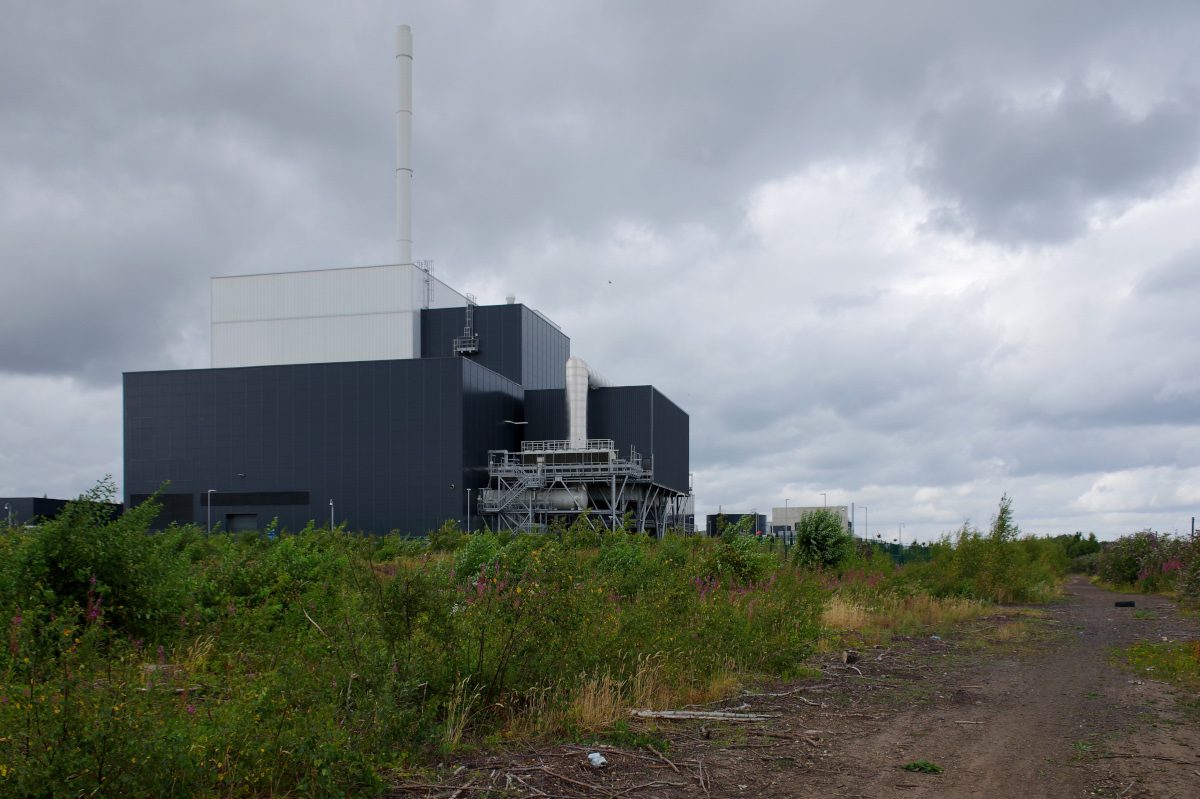PHILADELPHIA—Meeka Outlaw spent most of her childhood growing up in a South Philadelphia rowhouse that was essentially sandwiched between an oil refinery and an electrical power plant.
Less than a mile north of her home on Latona Street, there’s the Vicinity Electrical Cogeneration Plant, whose towering stacks are a familiar part of the neighborhood’s skyline. About two miles to the south was the now-shuttered PES Refinery, which began processing oil during the Civil War and didn’t stop until it was destroyed in an explosion in 2019.
“If I would go out the backyard, I could see this huge torch—I called it a torch—and I would be like, ‘Mom, this is great. Look at that. Did you see that big flame?’” recalled Outlaw, who’s now 45. “Then she would just say, ‘Yeah, Meeka, I see it.’
“I never quite understood why she wasn’t as excited as I was when I was young. Not until I got older and started going to school and hearing about climate change.”
We’re hiring!
Please take a look at the new openings in our newsroom.
See jobs
Although she didn’t know it then, Outlaw was witnessing what scientists call flaring and venting, processes used to burn off or release excess natural gas.
A new study has found not only does flaring pollute the air of surrounding communities across the nation, but it also causes roughly two premature deaths each day.
The study, which was published in the peer-reviewed journal Geohealth, also found that flaring and venting increases emergency room visits, worsens incidences of asthma in children, and costs the U.S. about $7.4 billion annually in so-called health damages—financial losses because of lost work time and other factors because of its adverse health effects.
The study’s authors—from Boston University, the University of North Carolina at Chapel Hill and the Environmental Defense Fund—examined the adverse effects of the primary pollution hazards that are contained in the emissions produced in flaring and venting activities, including fine particulate matter, also known as PM 2.5, ozone and nitrogen oxides.
The team also compared infrared satellite images to emissions data reported by states across the country and found that emissions were as much as 15 times higher for fine particulate matter and two times higher for sulfur dioxides than what had been reported to federal officials.
Researchers said that three states—Texas, Pennsylvania, and Colorado—accounted for roughly 45 percent of the people who were adversely affected by flaring and venting activities. Roughly half a million Americans live within three miles of oil and gas, or O&G, plants that engage in venting and flaring.
All told, researchers said that venting and flaring led to more than 73,000 asthma exacerbations in children and 710 premature deaths each year.

The scientists wrote that because some data may not be reported at local levels, their findings may be “missing potential hotspots for diseases, most notably asthma.”
Because of the focus on ozone, particulate matter and nitrogen dioxides, the researchers wrote “this model is unlikely to fully capture many of the complex, multifactorial impacts occurring in communities hosting O&G production. These health outcomes include but are not limited to adverse birth outcomes, asthma, and childhood leukemia.”
Among the most alarming findings, researchers said, was the role of pollutants in exacerbating childhood asthma.
“We know that PM 2.5 is bad for health, we know that ozone is bad for health, but to see the amount of asthma exacerbations that were attributed to nitrogen dioxide, I think that was surprising to us,” said Erin Polka, a doctoral student in the Department of Environmental Health at Boston University’s School of Public Health and one of the study’s authors.
Jonathan Buonocore, an assistant professor in the Department of Environmental Health at Boston University’s School of Public Health, who also served as an author on the study, noted that another noteworthy aspect of their findings was the role of pollutants like nitrogen dioxide, or NO2, as a health hazard.
“Traditionally, most health impact assessments like this, at least in the U.S., they have generally exclusively focused on the PM 2.5 stats, like the fine particulate matter that can get in your lungs, and then ozone, which is again, the highly reactive gas—one of the big components of smog,” Buonocore said. “Normally, NO2 is left off the table. And we didn’t leave it off the table—and it turns out that it’s kind of a big deal.”
Of the 710 premature deaths each year that researchers say occur because of flaring and venting pollution, roughly 120 of them were directly attributable to nitrogen dioxide, the study showed.
Incidentally, they also found that air quality health burdens from flaring and venting disproportionately impacted Hispanic and Indigenous communities, said Hillary Hull, director of research and analytics at the Environmental Defense Fund.
“This study demonstrates that the health impacts are significant,” Hull said. “We hope that this spurs more research in this area. More direct measurement of flaring, and more insight into what those health impacts look like in regions where oil and gas development is dense.”
“And we hope that this helps bolster the case that states finalize strong routine flaring standards in their state implementation plans as they figure out how they’re going to implement the federal methane rule that EPA just finalized,” added Hull, who said the agency is giving states two years to set things in stone.
The authors also said not only is the health impact from flaring and venting under-researched, but that cities like New York and Chicago that do not have oil and gas production had health impacts. They said that winds from states with oil and gas production like Texas, Colorado, Wyoming, North Dakota and Pennsylvania carry the pollutants to these major cities.
“Given the complexity of the model and the atmospheric transport, you do have emissions going on to form air pollution in downwind distances, farther away from where the oil and gas fields are,” said Sarav Arunachalam, director for the Center for Environmental Modeling for Policy Development at the University of North Carolina at Chapel Hill.
This story is funded by readers like you.
Our nonprofit newsroom provides award-winning climate coverage free of charge and advertising. We rely on donations from readers like you to keep going. Please donate now to support our work.
Donate Now
Arunachalam added that there are technologies available that could reduce or eliminate flaring and venting. Texas filed a lawsuit earlier this month challenging the new EPA methane rule.
In Philadelphia, residents in the Grays Ferry community where Meeka Outlaw grew up have long believed that they experience higher rates of such ailments as asthma and cancer because of their close proximity to the now-closed refinery and other potential environmental hazards.
The refinery has closed near her childhood home, but Outlaw and other residents say the health impacts remain.
“How does a resident fight when you know something is wrong, but you don’t have the backing that you need to fight Goliath?” she asked.

















